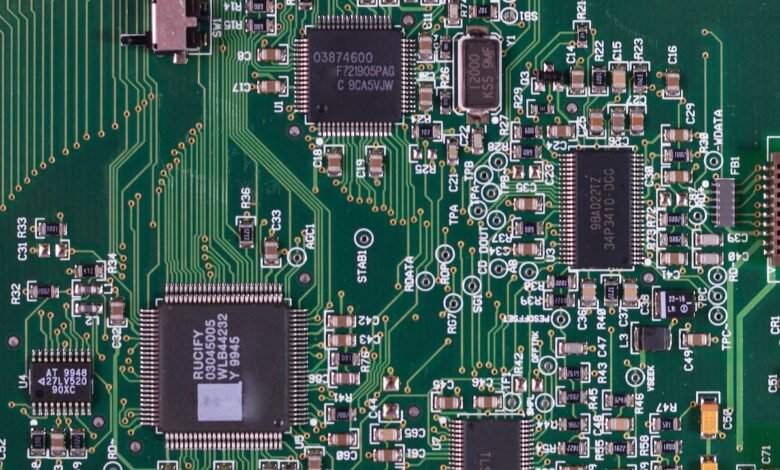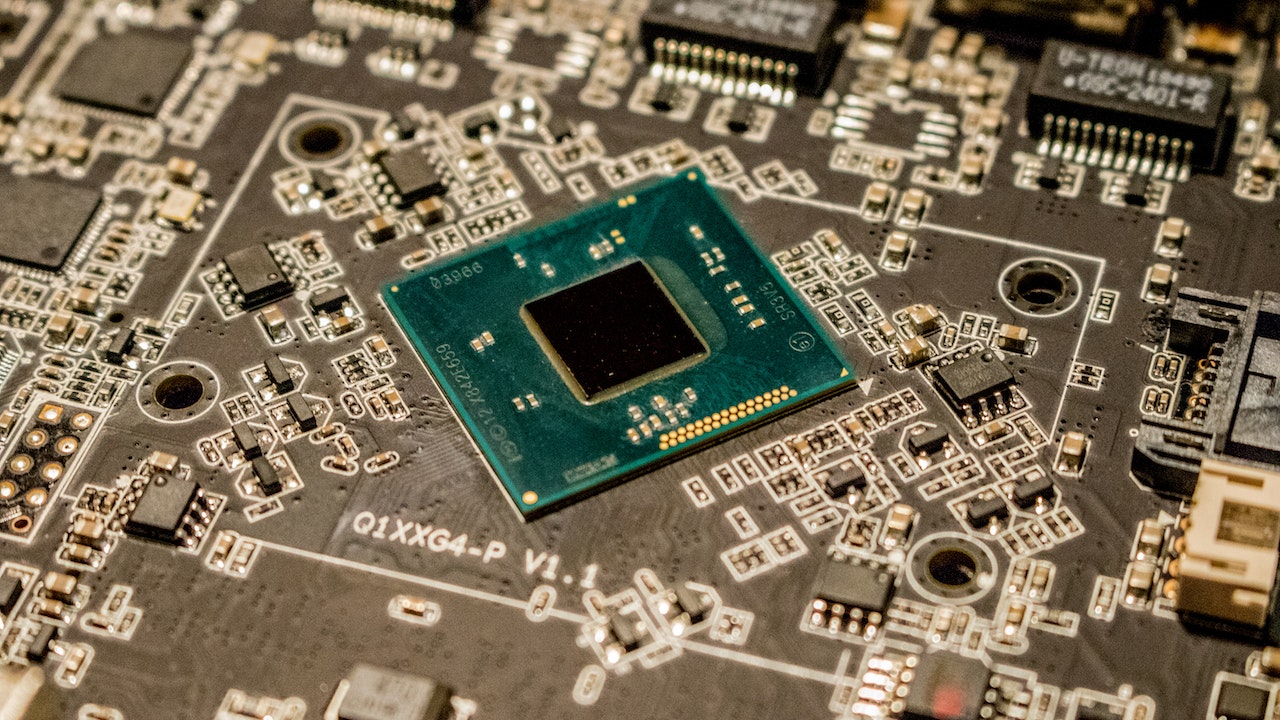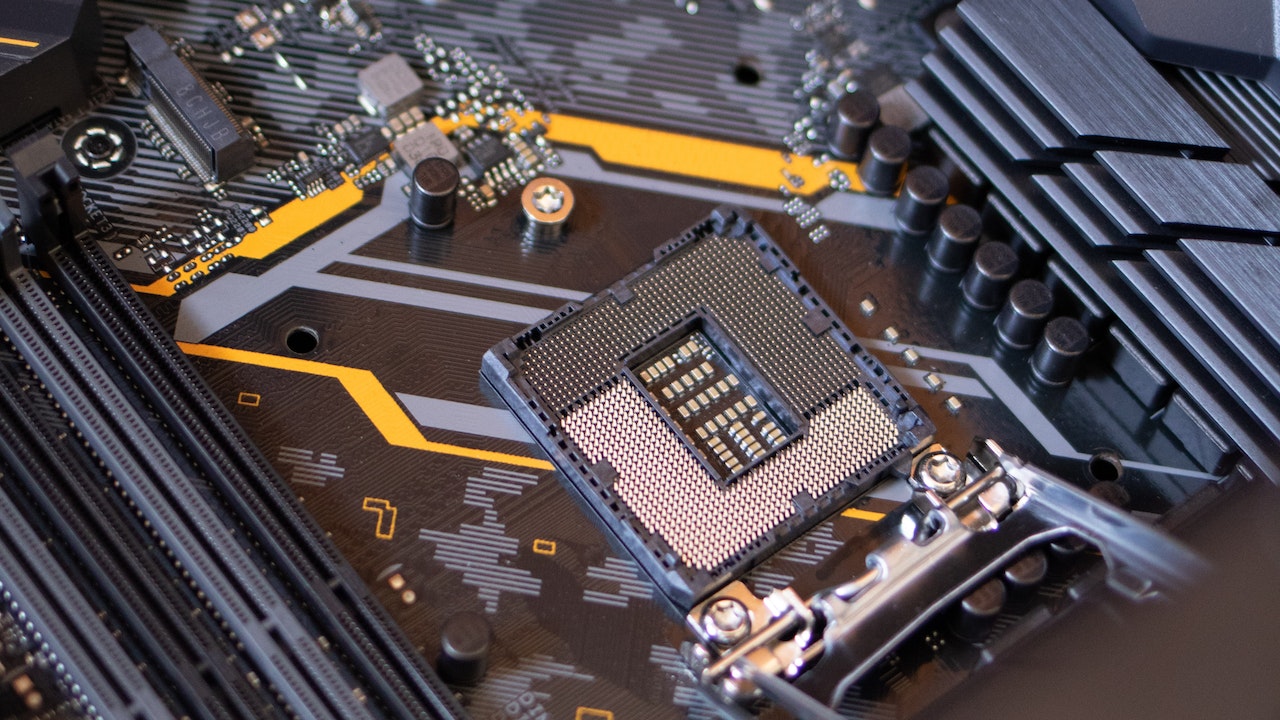
Motherboard Is Dead, When your computer suddenly stops working, there could be various reasons behind it. However, one of the most common reasons is a dead motherboard. The motherboard is the backbone of your computer system, and without it, your computer cannot function. If you suspect that your motherboard is dead, then there are some easy ways to confirm it. In this article, we will explore the 10 easy ways to tell if your motherboard is dead.
Read More: No RGB Header on Motherboard—What Should You Do? 10 Easy Ways
10 Easy Ways To Tell If Motherboard Is Dead
Method 1: Power Supply Test
One of the easiest ways to determine if your motherboard is dead is by performing a power supply test. To do this, you will need to remove all power cables from the motherboard and the power supply unit. Then, using a multimeter, check if the power supply unit is providing the correct voltage. If the voltage is correct, then the problem could be with the motherboard.
Method 2: Visual Inspection
Sometimes, you can visually inspect the motherboard to determine if it is dead. Check for any physical damage, such as burnt or swollen capacitors, corrosion, or broken circuits. If you notice any physical damage, then it is likely that your motherboard is dead.

Method 3: Motherboard Beep Codes
Many motherboards have a beep code system that can help you determine if the motherboard is dead. When you turn on the computer, listen for a series of beeps. If you hear no beeps, then the motherboard may be dead. However, if you hear a series of beeps, you can look up the beep code in your motherboard manual to determine the problem.
Method 4: POST Test Card
Another way to determine if your motherboard is dead is by using a POST test card. A POST test card can diagnose a wide range of motherboard problems, including dead motherboards. The POST test card can provide error codes that can help you identify the problem with your motherboard.
Method 5: CPU Test
A dead CPU can also cause your motherboard to stop working. To test your CPU, remove it from the motherboard and try to boot the computer. If the computer does not start, then it is likely that the CPU is dead. However, if the computer starts, then the problem could be with the motherboard.
Method 6: RAM Test
Faulty RAM can also cause your computer to stop working. To test your RAM, remove all the RAM sticks from your motherboard and try to boot the computer with only one stick at a time. If the computer does not start with any of the RAM sticks, then the problem could be with the motherboard.
Method 7: Integrated Peripherals Test
Integrated peripherals, such as the graphics card and sound card, can also cause your motherboard to stop working. To test the integrated peripherals, remove all the peripherals from your motherboard and try to boot the computer. If the computer starts, then one of the peripherals could be causing the problem.
Method 8: CMOS Battery Test
A dead CMOS battery can also cause your motherboard to stop working. To test the CMOS battery, remove it from the motherboard and test it with a multimeter. If the battery is dead, then replace it with a new one.
Method 9: Multimeter Test
A multimeter is a useful tool that can help you determine if your motherboard is dead. To perform a multimeter test, you will need to remove the motherboard from the computer and disconnect all cables and components. Then, use the multimeter to check for voltage on the motherboard. If there is no voltage, then it is likely that the motherboard is dead.
Method 10: Replacement Test
If you have tried all the previous methods and are still unsure if your motherboard is dead, then you can try replacing it with a new one. This is the most conclusive way to determine if your motherboard is dead or not. However, it is also the most expensive method.

Conclusion
A dead motherboard can cause a lot of frustration and inconvenience. However, by using these 10 easy methods, you can quickly determine if your motherboard is dead and save yourself time and money on unnecessary repairs. Remember to always handle your computer components with care and take the necessary precautions when performing any tests or replacements.
Read More: 10 Easy Ways To Remove CMOS Battery
FAQs
- Can a dead motherboard be repaired?
- It is sometimes possible to repair a dead motherboard, but it depends on the severity of the damage. In most cases, it is more cost-effective to replace the motherboard.
- How do I prevent my motherboard from dying?
- To prevent your motherboard from dying, you should always handle your computer components with care and avoid exposing them to extreme temperatures or humidity.
- How long does a motherboard last?
- A motherboard can last anywhere from 3 to 10 years, depending on usage and maintenance.
- Can a dead motherboard cause data loss?
- Yes, a dead motherboard can cause data loss, but it depends on the type of failure. If the failure is related to the motherboard’s storage controller, then data loss is possible.
- What should I do if my motherboard is dead?
- If your motherboard is dead, you can try replacing it with a new one or seeking professional help from a computer repair technician.












3 Comments